Spring is a time of renewal, and your garden is no exception. As the days grow longer and warmer, it's the perfect opportunity to breathe new life into your outdoor space. Preparing your garden for spring isn't just about planting; it's about creating a thriving environment where your plants can flourish throughout the year. Follow these five essential steps to ensure your garden is ready to welcome the new season with open arms.
1. Clean Up and Clear Out
Prune Dead Branches
Trim back any dead or damaged branches from your trees and shrubs. This is particularly important for species like Pyrus calleryana 'Cleveland Select,' which can benefit from light pruning to maintain its attractive shape.
Remove Weeds
Winter weeds can quickly take over garden beds, so be sure to pull them out, roots and all, to prevent them from competing with your spring plantings.
Clean Tools and Containers
Give your gardening tools a good cleaning to remove any rust or dirt. Disinfecting them can prevent the spread of diseases to your new plants. If you use containers, clean them thoroughly before replanting.
2. Test and Amend Your Soil
Soil Testing
You can purchase a soil testing kit or send a sample to a local extension service. The results will indicate whether your soil is acidic, neutral, or alkaline and what nutrients may be lacking.
Amend as Needed
You may need to amend your soil with organic matter, compost, or specific fertilizers based on your soil test results. For example, Magnolia 'Teddy Bear' prefers slightly acidic soil, so you may need to add sulfur or peat moss if your soil is too alkaline.
Improve Drainage
If your soil is compacted or has poor drainage, consider incorporating organic matter such as compost or well-rotted manure. This will help create a looser, more aerated soil structure that encourages root growth.
3. Plan Your Spring Plantings
Choose Your Plants
Think about the overall design of your garden and the role each plant will play. For instance, Pyrus calleryana 'Cleveland Select' is an excellent choice for adding height and structure to your garden. At the same time, Magnolia 'Teddy Bear' brings year-round interest with its glossy green leaves and fragrant blooms.
Consider Companion Planting
Some plants grow better together, offering benefits like pest control or improved growth. For example, pairing Weeping Lilly Pilly (Waterhousia floribunda) with plants that attract beneficial insects can help keep your garden healthy.
Plan for Growth
Remember that your plants will grow and spread over time. Be sure to give them enough space to reach their mature size without overcrowding, which can lead to competition for nutrients and light.
4. Prepare Your Garden Beds
Turn the Soil
Use a garden fork or tiller to turn the soil in your garden beds. This will break up any compacted soil and allow air and water to reach the roots of your plants.
Add Compost
Work a generous amount of compost into the soil. Compost improves soil structure, adds nutrients, and helps retain moisture, which is essential for healthy plant growth.
Mulch
After planting, apply a layer of mulch around your plants. Mulch helps regulate soil temperature, retain moisture, and suppress weeds. Organic mulches like bark chips or straw also break down over time, adding more nutrients to the soil.
5. Irrigation and Watering
Inspect Your Irrigation System
If you have an automated irrigation system, now is the time to check it for leaks, clogs, or other issues. Ensure your system works efficiently and provides adequate coverage to all areas of your garden.
Water Wisely
Water your garden in the early morning or late evening to reduce evaporation and ensure your plants have enough moisture throughout the day. Deep watering is better than frequent shallow watering, which encourages deep root growth.
Adjust for Plant Needs
Different plants have different water requirements. For instance, the Weeping Lilly Pilly (Waterhousia floribunda) prefers consistently moist soil, while other plants may need less frequent watering. Group plants with similar water needs together to make irrigation easier.
FAQs
Q: How often should I water my garden in spring?
A: Watering frequency depends on your specific plants and local climate. Generally, it's best to water deeply once or twice a week, adjusting based on rainfall and temperature.
Q: Can I plant new trees in spring?
A: Spring is an excellent time to plant new trees like Pyrus calleryana 'Cleveland Select' and Magnolia 'Teddy Bear.' Ensure the soil is prepared and the plants are well-watered during establishment.
Q: How do I know if my soil needs amending?
A: A soil test is the best way to determine if your soil needs amendments. It will tell you the pH level and nutrient content so you can make informed decisions.
Following these five essential steps will prime your garden for spring's burst of life. Whether nurturing established plants like the Magnolia 'Teddy Bear' or introducing new species like the Pyrus calleryana 'Cleveland Select pear,' careful preparation will ensure your garden thrives in the months ahead. Happy gardening!





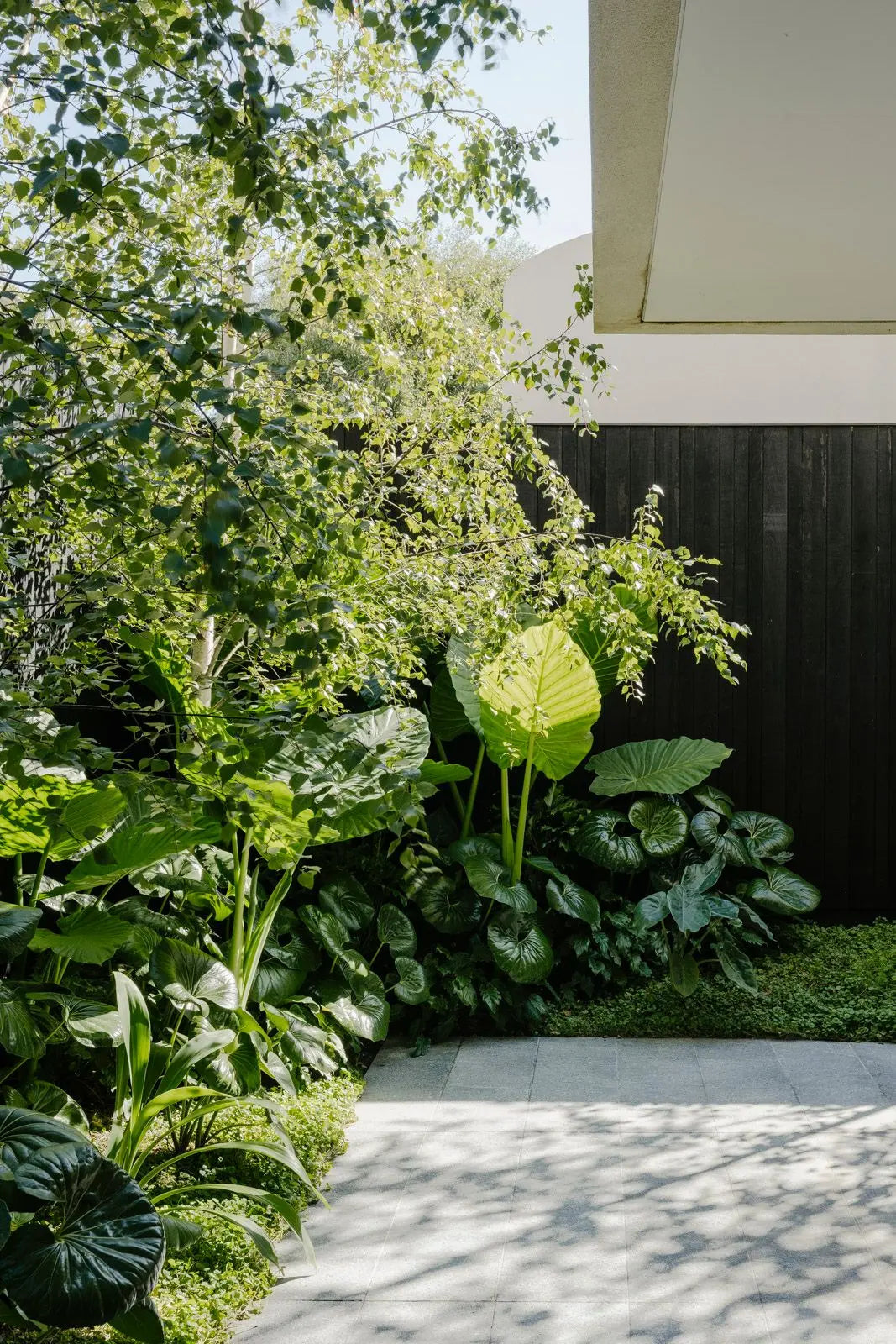
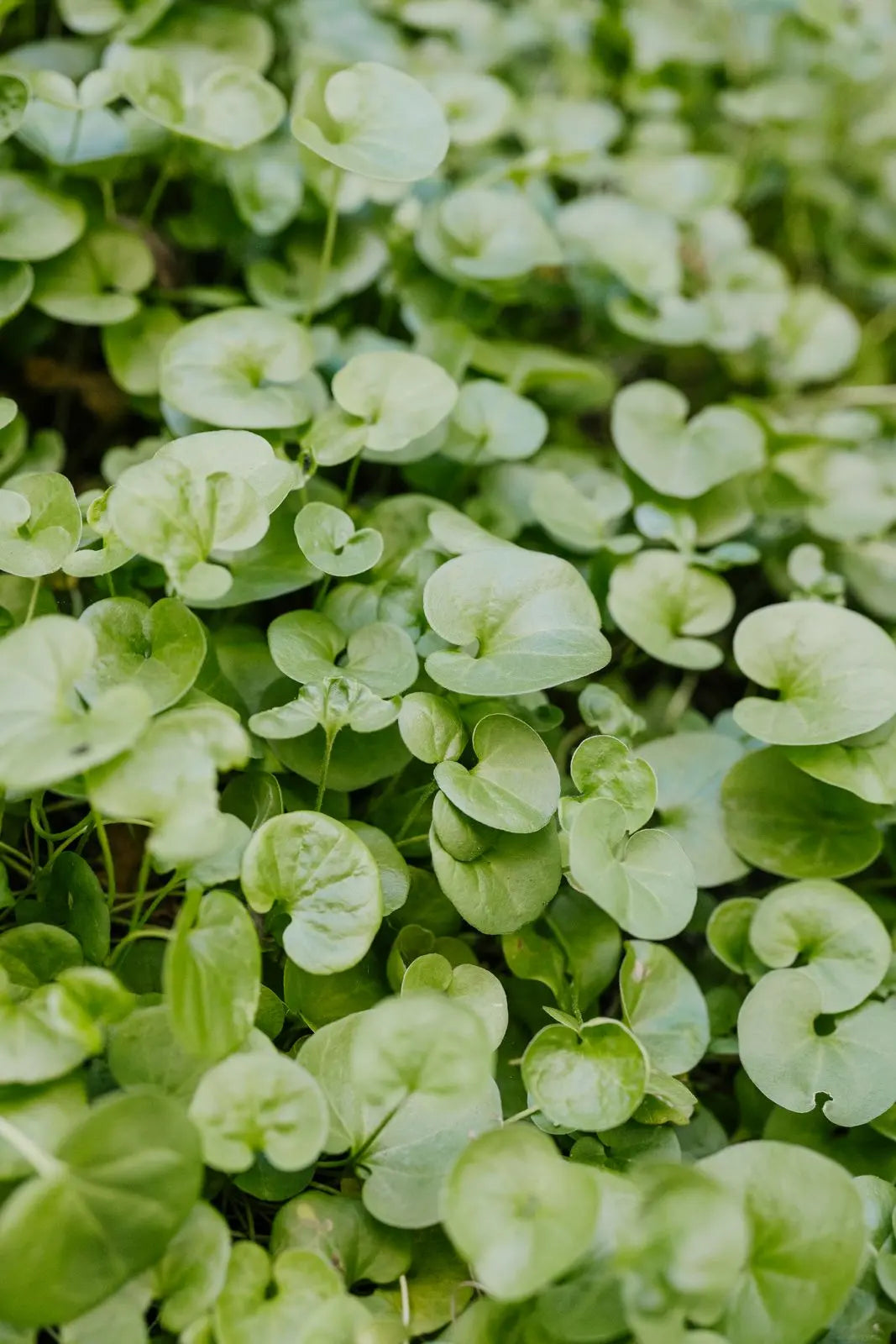


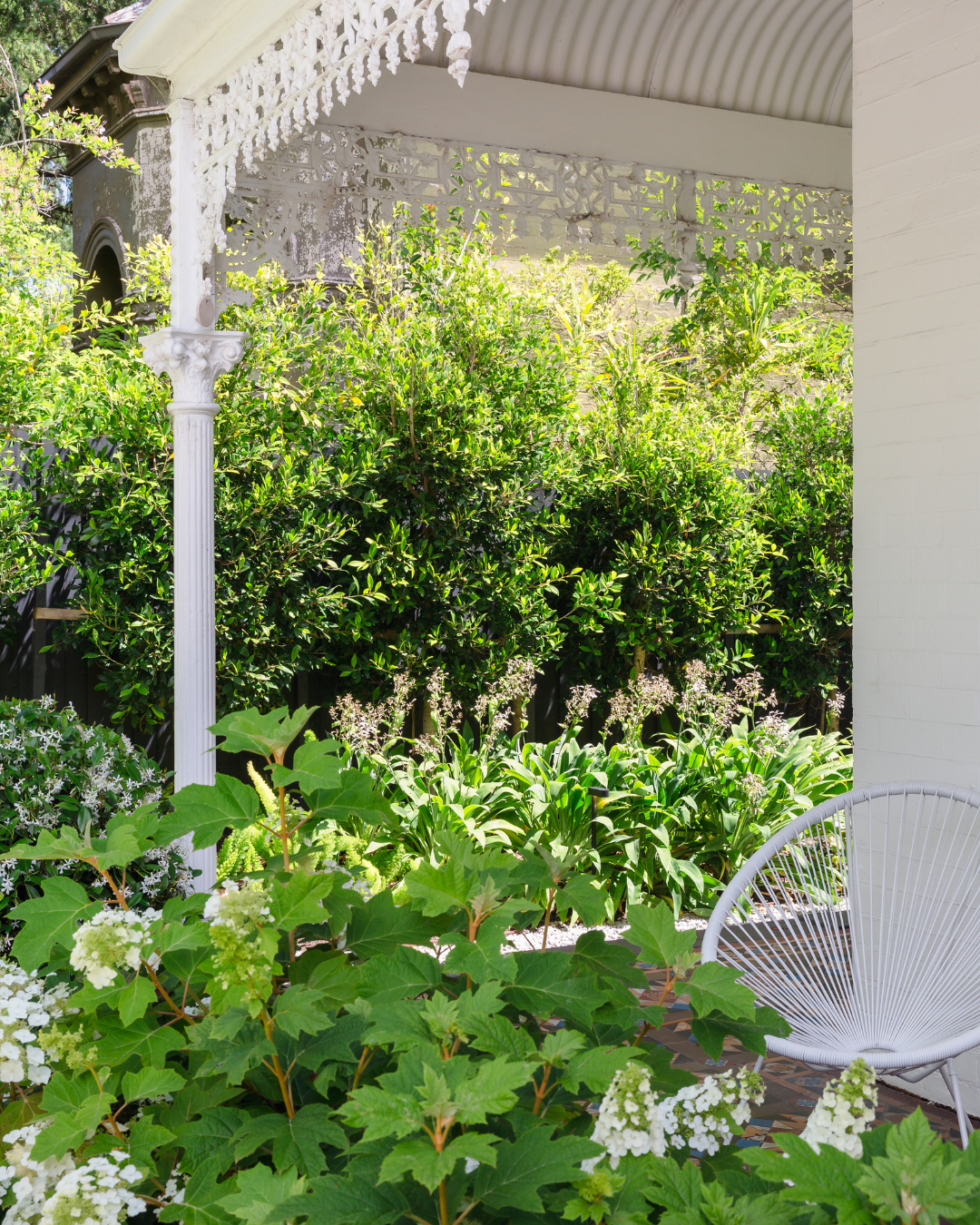
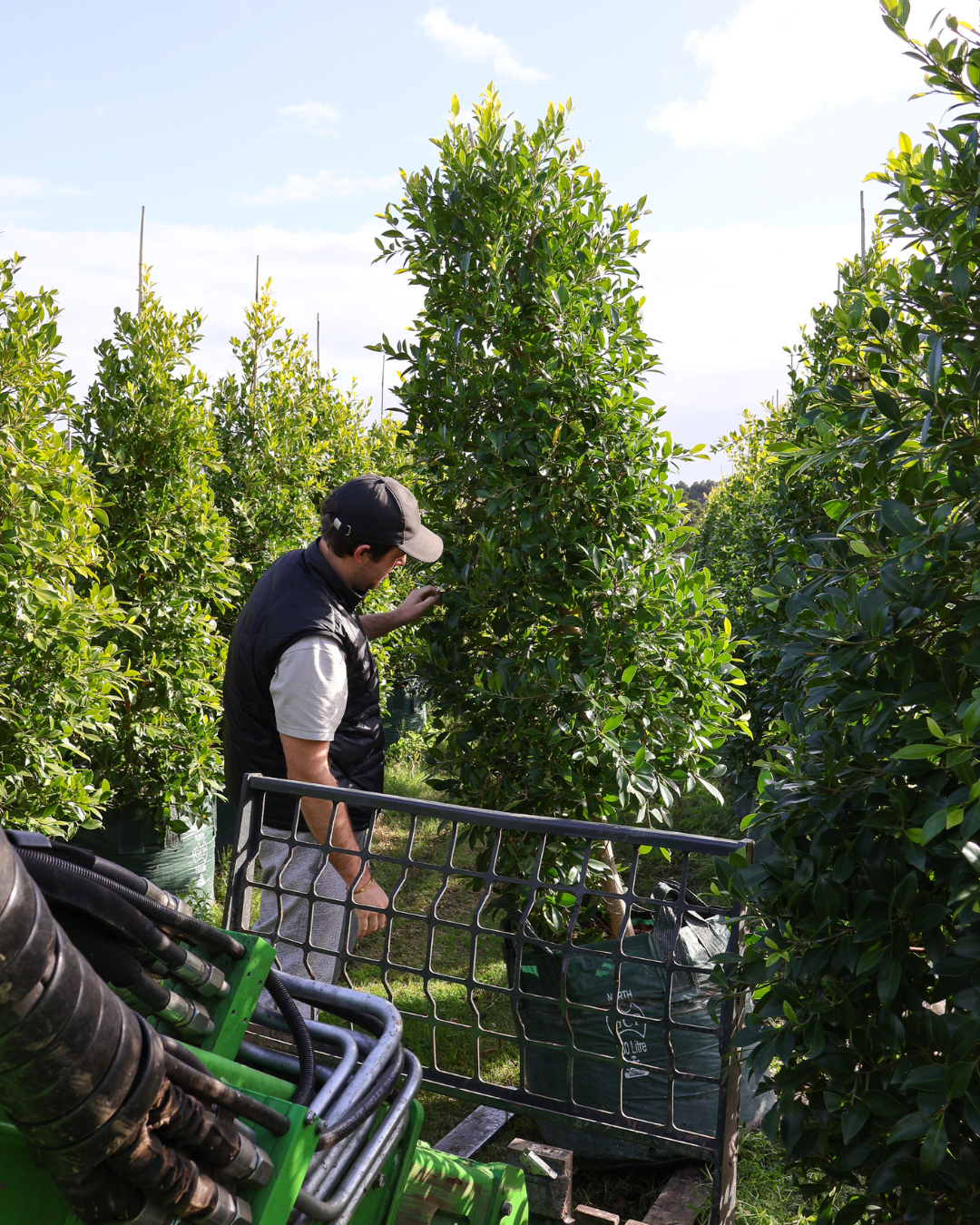









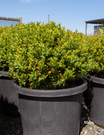


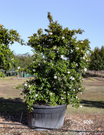














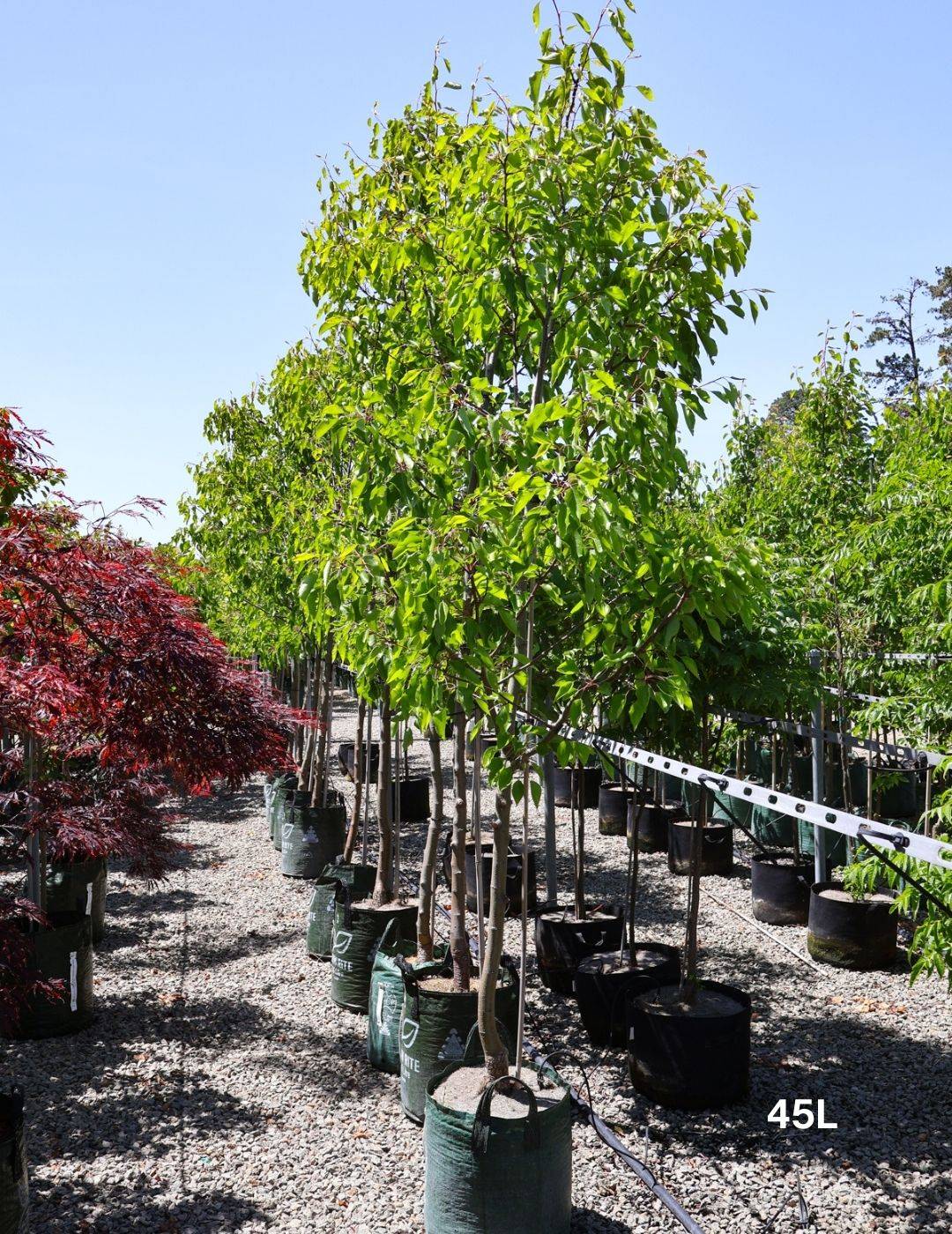
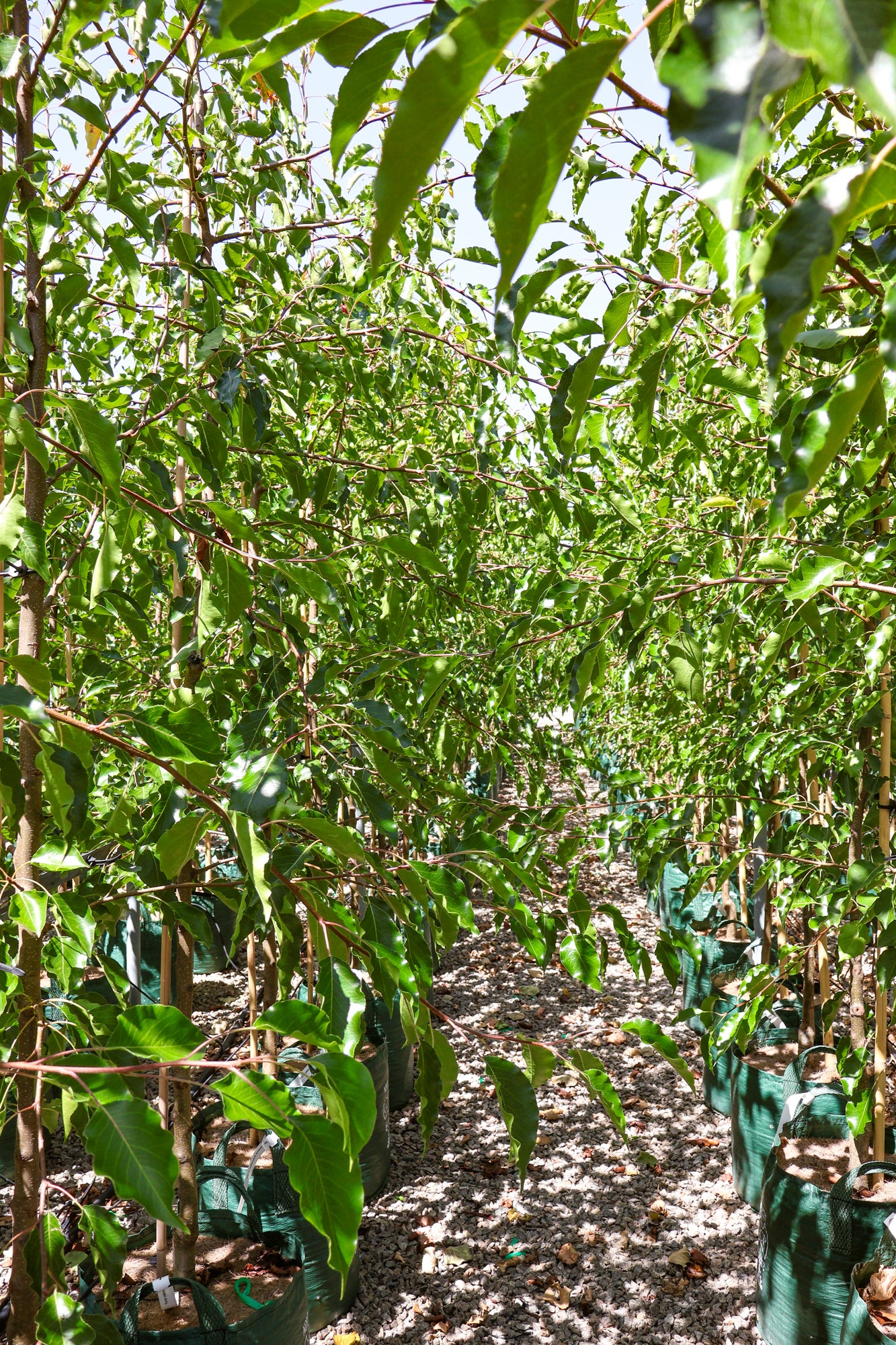
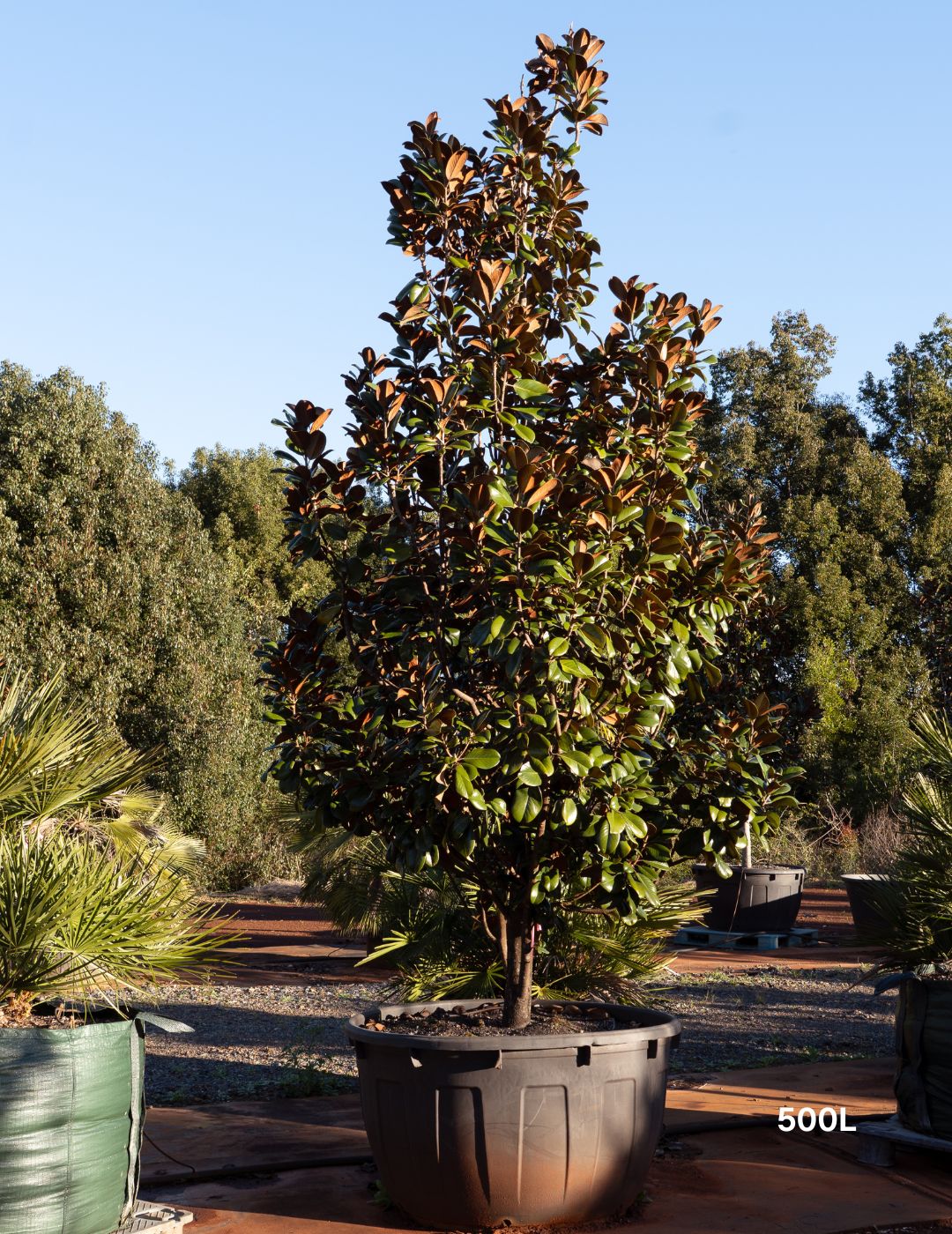
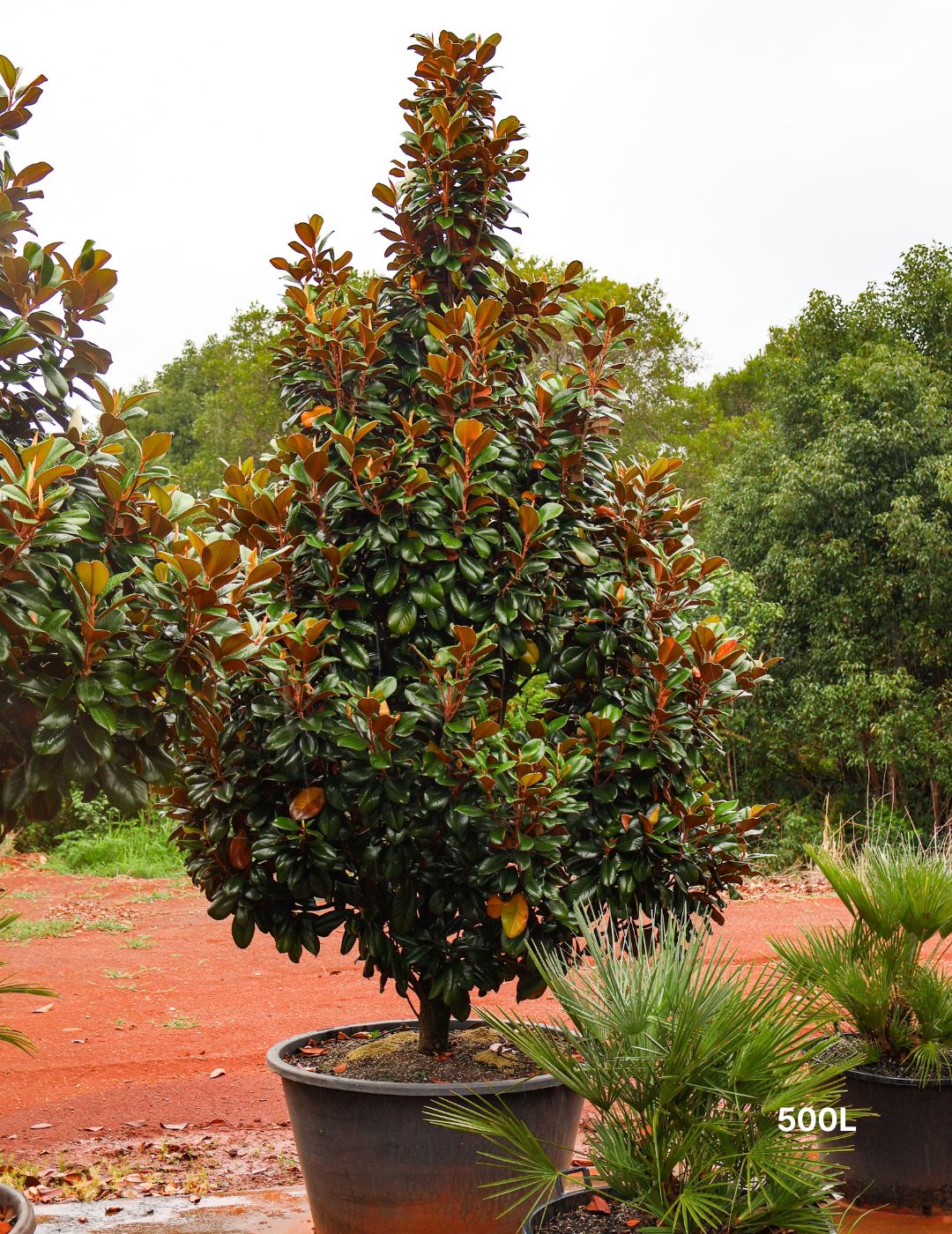

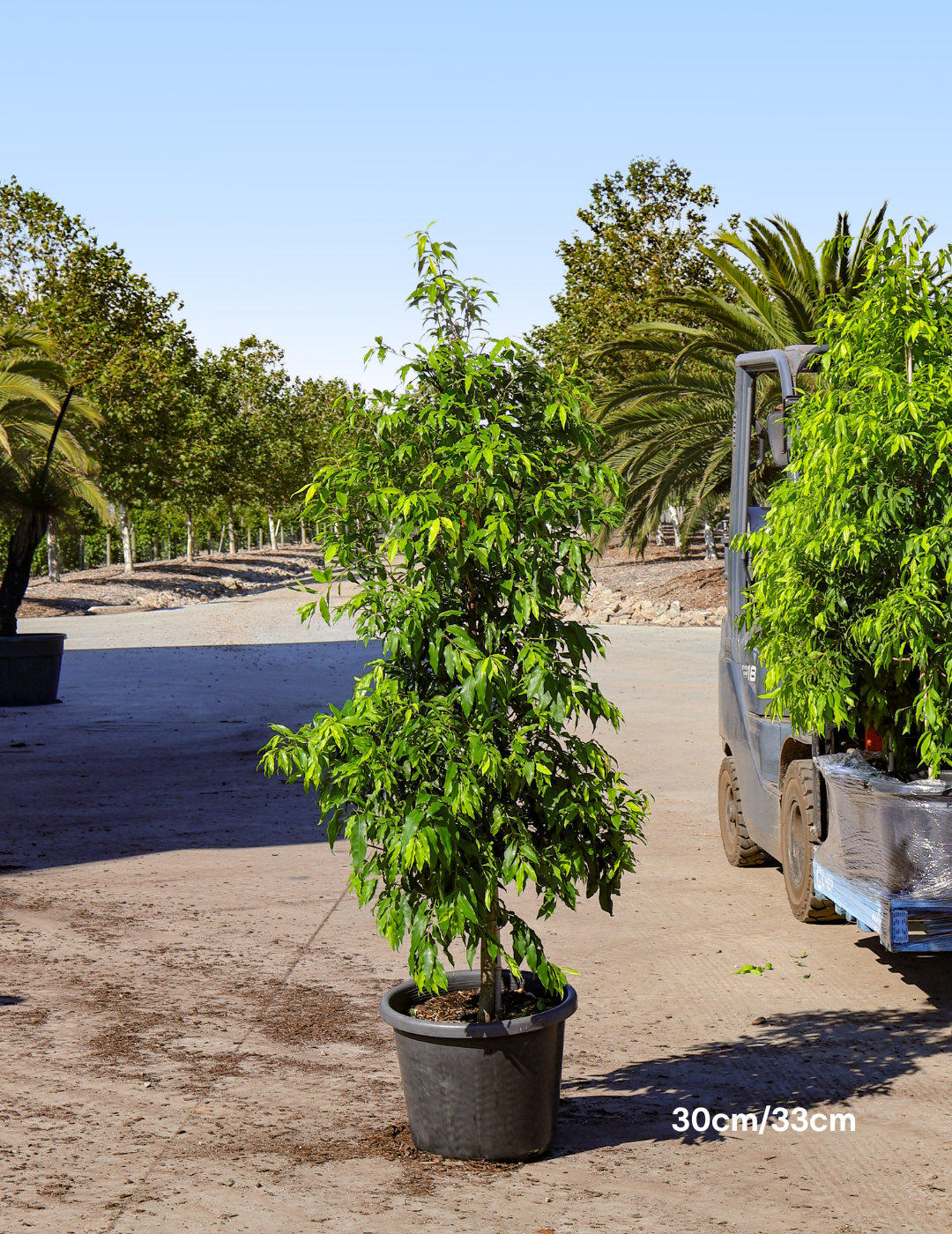
Leave a comment
This site is protected by hCaptcha and the hCaptcha Privacy Policy and Terms of Service apply.